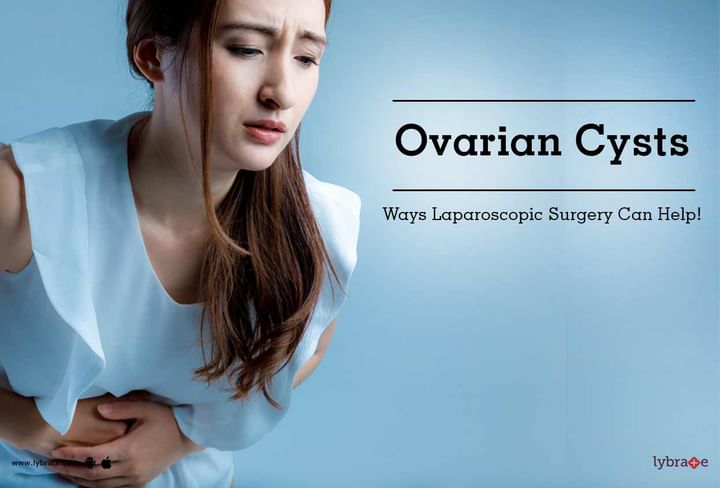Ovarian Cysts - Ways Laparoscopic Surgery Can Help!
Ovarian cysts are fluid-filled sacs in the ovaries, often in multiples, which are very common in women. This is absolutely different condition from polycystic ovaries. Most of them are benign and not indicative of an underlying problem. They produce no specific symptoms and even if detected, can be watched over a period of time. Treatment may be required only if there are serious symptoms or there is higher possibility of cancerous nature of the cyst. Read on to know more.
Types
- Functional: There are two types in this. The follicular variety is when the egg that is ready for fertilization does not completely shrink and stays for a few more days before it disappears. Another variety, the luteal ovarian cysts are formed when after the release of the egg, there is blood filling up in the corpus luteum.
- Pathological: There are many types here – dermoid, cystadenomas, endometriomas, cancerous cystadenocarcinomas etc. These are worrisome and need to be treated. Both varieties, once identified, should be monitored. The functional variety, though may not cause a problem, can cause infertility and so necessitate treatment.
Symptoms
Any ovarian follicle larger than 2 cm can be called as an ovarian cyst. They are usually benign and do not produce any symptoms. However, if they turn pathologic or grow in size, they can cause various symptoms such as:
- Irregular menstruation
- Heavy bleeding
- Intermittent spotting
- Painful and/or frequent urination
- Severe, recurrent abdominal pain
- Infertility
- Abdominal bloating
- Constipation or loose motions
- Nausea, sudden vomiting
- Fever, dizziness, and weakness
While cysts are often quiet and do not produce any symptoms, they can cause intermittent, nonspecific symptoms like above. If there is a family history of ovarian cancers in mothers, maternal aunt, Sisters, Grandmothers etc then women should have regular Gynaecological checkups to have a check done for ovarian cysts.
Why go for laparoscopic surgery?
- Laparoscopic surgery is considered to be one of the most effective ways of treating the condition of ovarian cysts. During the surgery, problem causing non-cancerous cyst can be removed without harming the ovaries. In the case of cancer, both ovaries along with uterus etc may have to be removed. This decision is taken by the operating surgeon depending upon age of the patient, characteristics and nature of the cyst and future fertility desires of the patient.
- The patient is given general anesthesia during the surgery. After the surgery, one is suggested to rest for a day and may be permitted to return to normal activities within a day’s time. However, one needs to avoid any strenuous activity for almost a week.
- While some cysts can be watched for years, others need treatment. This would be specifically true in cases where the couple is facing infertility issues or if there is a higher possibility of cancerous cysts. Such cysts need urgent intervention and should be monitored by a gynecologist with an experience in oncology. There are few blood tests that are needed to be done to know the nature of the cyst if it is benign or cancerous.
In case you have a concern or query you can always consult an expert & get answers to your questions!



+1.svg)
